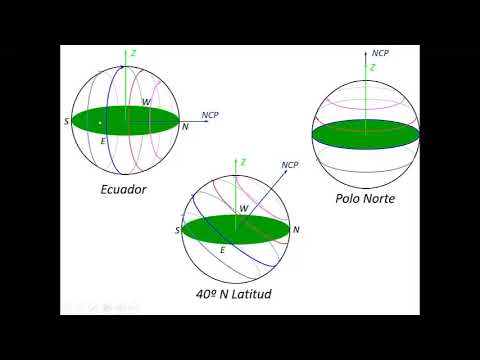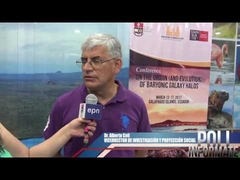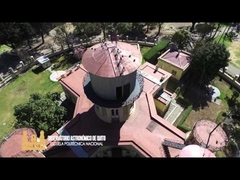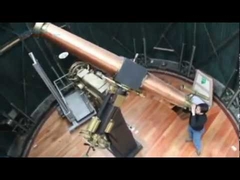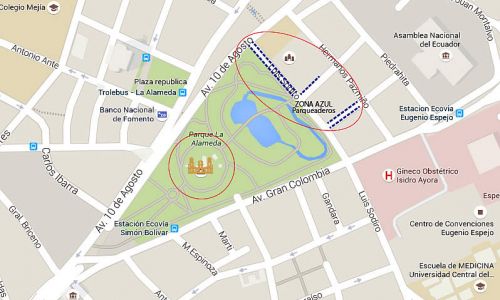THE FARADAY ROTATION EFFECT IN QUASAR JETS
abstract
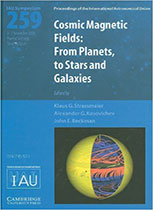
The Very Long Baseline Array (VLBA) polarimetric observations of extragalactic compact radio sources and quasars show rotation measure (RM) values which are much smaller than the enormous values predicted by the theory. This is under the assumption that the narrow line region (NLR) and the broad line region (BLR) are the Faraday medium in which the observed rotation measure is produced. It is expected that the polarized emission, in the parsec scale of these sources, displays rest frame RM values ranging from 10^5 rad m-2 to 10 ^8 rad m-2. Whereas, the observed RMs of quasars and active galactic nuclei typically fall in the range of 10^2 - 10^4 rad m-2, and for most extragalactic sources ranges from 1 to 100 rad m-2. Recently, a dispersion model for highly relativistic jets has been proposed. The dependency of the observed radiation on the amount of relativistic motion, as well as on the geometry and intrinsic properties of the jets has been analyzed. We employ several results of this dispersion model in order to discuss a possible solution to the rotation measure problem. The rotation measure (RM) and the electric vector of polarization angle (EVPA) in a relativistic moving plasma have been defined. We propose to take into account the relativistic motion of the medium, in which the radiation is propagating, in order to avoid the large depolarization as well as to admit the possibility of very high rest frame RM'values..



